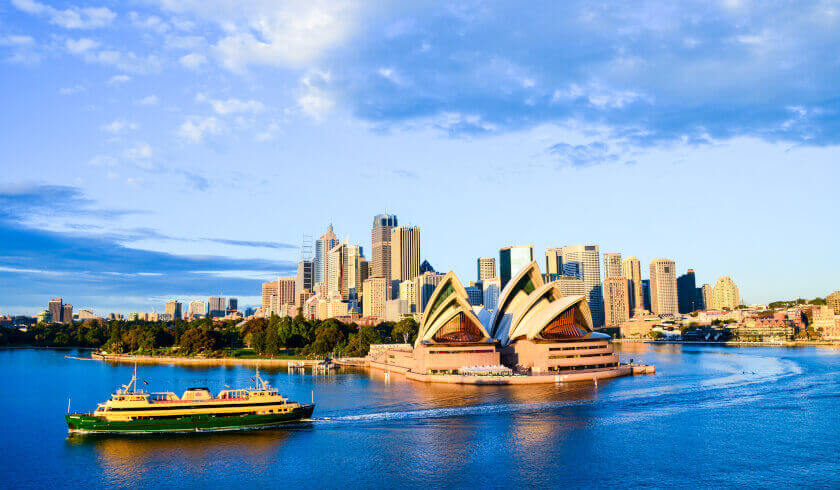How Sydney is performing for landlords right now
New data for May has revealed how vacancy rates in Sydney and regional locations have changed over the month, with a distinct trend being noticed.

The release of the May REINSW Residential 2019 Vacancy Rate report by the Real Estate Institute of NSW found that Sydney’s vacancy rate increased by 0.2 of a percentage point up to 3.4 per cent, the Hunter saw its vacancy increase by 0.1 of a percentage point to 1.8 per cent and Wollongong saw its vacancy rate increase by 0.5 of a percentage point to 3.1 per cent.
The increase in vacancy rate is set to give tenants more power, according to REINSW CEO Tim McKibbin.
“More properties are becoming available, partly driven by additional stock coming to the market and new developments,” he said.
Sydney
Looking down at the Greater Sydney area with its increasing vacancy rate, the inner region saw a decline in its vacancy rate of 0.1 of a percentage point to 3.1 per cent, the middle region saw no movement and held steady at 3.3 per cent, but the outer region saw an increase of 0.3 of a percentage point to 3.6 per cent.
Hunter
The breakdown of the Hunter’s vacancy rate increase saw major area Newcastle’s vacancy rate increase by 0.3 of a percentage point to 1.7 per cent, and other areas also increased by 0.1 of a percentage point to 1.9 per cent.
Illawarra
The Illawarra region’s leap in its vacancy rate of half a per cent was experienced throughout the area, with Wollongong’s vacancy rate increasing by 0.6 of a percentage point to 3.3 per cent and other areas also increasing by 0.8 of a percentage point to 2.9 per cent.
Other regional areas
The majority of other significant regional areas saw their vacancy rates increase as well, with the Riverina recording the highest increase of 1 per cent up to 3 per cent. This was followed by Orana and the Central Coast with 0.8 of a percentage point to 2.3 per cent and 2.2 per cent, respectively; then the Central West and the Northern Rivers region with 0.5 of a percentage point to 2.2 per cent and 2 per cent, respectively; Coffs Harbour and New England with 0.3 of a percentage point to 3.7 per cent and 2.8 per cent, respectively; and Murrumbidgee with 0.2 of a percentage point to 1.4 per cent.
The South Eastern region led the declines in vacancy rates, falling by 2.1 per cent down to 0.9 of a percentage point. This was followed by the South Coast region which declined by 0.5 of a percentage point to 3.2 per cent, and then the Mid-North Coast, which fell by 0.4 of a percentage point down to 2 per cent.
Albury was the only region not to see any movement and held steady at 1.5 per cent.
